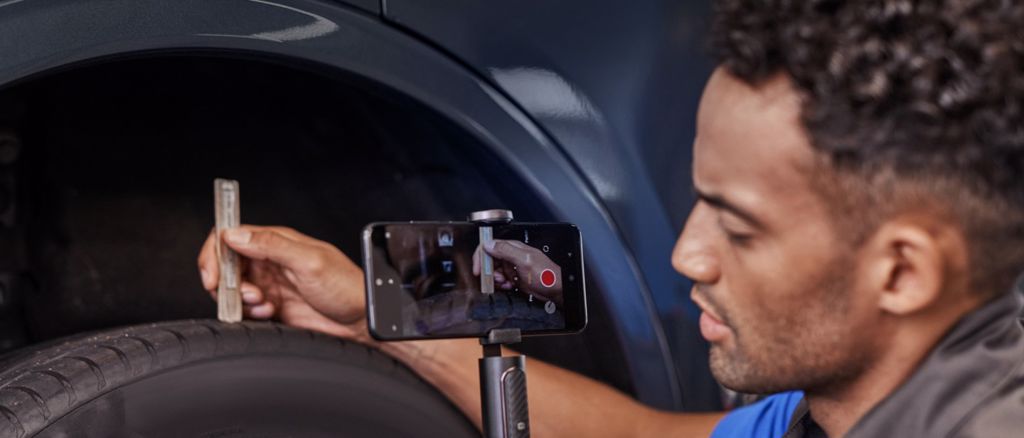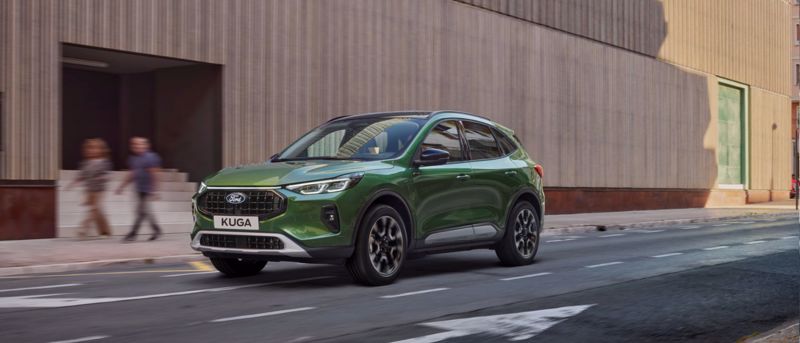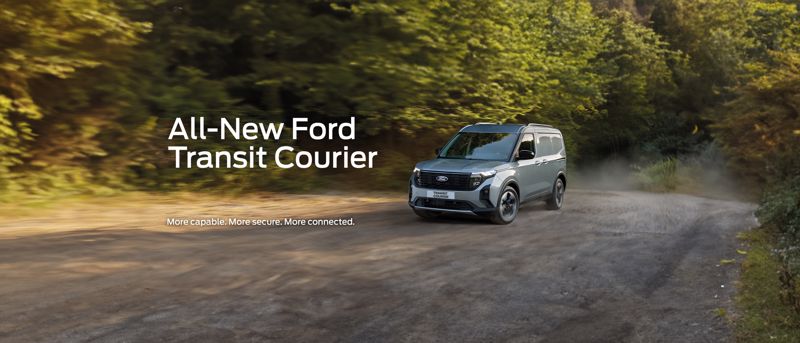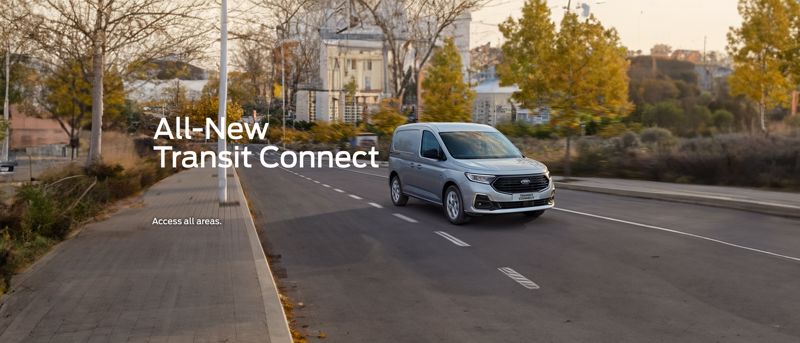New All-Electric Explorer


Tyres are a key safety feature of your vehicle, e.g. worn tyres could mean that your braking distance could increase by up to 70% on a wet road. The correct tyres, pressures and wear levels ensure that your vehicle performs properly in all conditions.
Take a closer look at the sidewall of a tyre and you'll see a number of markings and symbols. But what do they mean? Click here
Having the correct air pressure is vital to the performance of your car. Too little or too much air reduces road contact, wears your tyres out faster and makes you use more fuel.
So to save money and protect yourself and your passengers, it’s very important that you check your tyre pressure every two weeks. Never wait for it to get too low.
Check them when they're cold, as measurements aren't accurate after long journeys at high speed. Always screw the valve cap on tight and replace lost caps immediately, otherwise the valves will begin to leak. Also check valves and valve seals for damage.
To find out how much air pressure your tyres need, check in your owner’s manual. It can vary depending on load, speed and types of tyres, so if you’re not sure, just ask your Ford Dealer.
You should always fill your spare tyre with 0.1 to 0.3 bar extra pressure. However, pressure should never exceed the maximum level for driving with a full load. You can find the correct air pressure levels in your owner's manual.
Wear indicators in the tyre grooves will show you if the tread has reached the legal absolute minimum of 1.6 mm. Standard summer tyres should be changed when the tread is lower than 3 mm (78% worn). If the tread on your winter tyres is below 4 mm, they could lose grip when driving on snow.
Don’t let your tyre tread get too worn.
Worn tyres affect your vehicle's handling, making it hard to gauge how it will react when you’re driving. And on a wet road they could increase your braking distance by up to 70%. Here’s how the braking distances increase when you brake from 50 miles per hour to a stop.
8 mm tread depth = 140 feet braking distance.
3 mm tread depth = 173 feet braking distance.
Less than 1.6 mm tread depth = 240 feet braking distance.
As well as being dangerous, you’re breaking the law if you drive with a tread depth of 1.6 mm or less. It’s another reason you should regularly check your tyres.
If you prefer, ask your Ford Dealer to check them – it’s free of charge.
You can easily damage your tyres by driving up onto the curb, for example. This can lead to loss of air or corrosion in the tyre belt. Tread flaking can also occur and is very dangerous, especially when driving at high speed.
This is why you should check your tyres for damage regularly or take them to a Ford Dealer. Suspect signs are cracks, buckling, or pieces of tread sticking out. And, of course, look out for foreign bodies such as nails.
Uneven tread wear can be an indication of interior damage, so if you notice any, ask one of our technicians to take a look. The problem often lies in the chassis or steering, but brakes or an out of balance wheel can also be the cause.
If you suspect this kind of problem, take your car immediately to your Ford Dealer. If you don't identify and deal with it straight away, new tyres will also become damaged.
Your car has been built to take a certain amount of weight - you’ll find the maximum in your owner’s manual.
If you overload your car, you can affect its performance. If you stack your roof rack too highly, for example, your car will be more exposed to side winds and it can also put extra strain on your brakes.
But it will be your tyres that will bear the brunt if your car is overloaded, which can result in them wearing out faster and becoming dangerous. It’s much safer to stay within the stated weight limit.
Your tyres form an interconnected ‘safety triangle’ with your shock absorbers and brakes. But if any element is not functioning correctly, your safety triangle becomes a warning triangle that’s not to be ignored.
SHOCK ABSORBERS
It’s easy to overlook shock absorbers, but they’re absolutely crucial for safety.
Of course, they do wear out though. Signs of worn shock absorbers include longer braking distances, bouncing at the front of the vehicle when you brake hard, ‘swinging’ as you corner and uneven tyre wear.
Shock absorbers that are 50% worn can increase your stopping distance at 30 mph by half a vehicle’s length, while ABS and ESP won’t work properly either. And since tyres, brakes, wheel bearings, steering components, engine mounts and drive shafts are linked together, one worn component can result in all the others being affected.
If you suspect that your shock absorbers are worn, take your vehicle straight to your Ford Dealer.
BRAKES
If your brakes have become worn, tell-tale signs include: your brakes feeling soft, your wheels locking more quickly than usual, having to press the pedal down further than usual for the brakes to work, your brakes being noisy when you apply them and the brake fluid level dropping in the reservoir.
Again, if your vehicle shows any of these warning signs, take it to your Ford Dealer immediately.
Imagery and information shown throughout this website may not reflect latest ROI specifications, colours may vary, options and/or accessories may be featured at additional cost and locations and vehicles used may be outside of the ROI. Ford policy is one of continuous product development. The right is reserved to change specifications, colours of the models and items illustrated and described on this website at any time.
NEW VEHICLES | ALL-ELECTRIC FORD EXPLORER

NEW VEHICLES

COMMERCIALS

NEW VEHICLES | ALL-ELECTRIC FORD EXPLORER

NEW VEHICLES | NEW FORD PUMA

NEW VEHICLES | NEW FORD KUGA

NEW VEHICLES | FORD FOCUS

COMMERCIALS | FORD TRANSIT COURIER

COMMERCIALS | FORD TRANSIT CONNECT

COMMERCIALS | FORD TRANSIT CUSTOM


